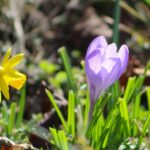We use cookies to make your experience better. To comply with the new e-Privacy directive, we need to ask for your consent to set the cookies. Learn more.
Flower Bulbs for Naturalising
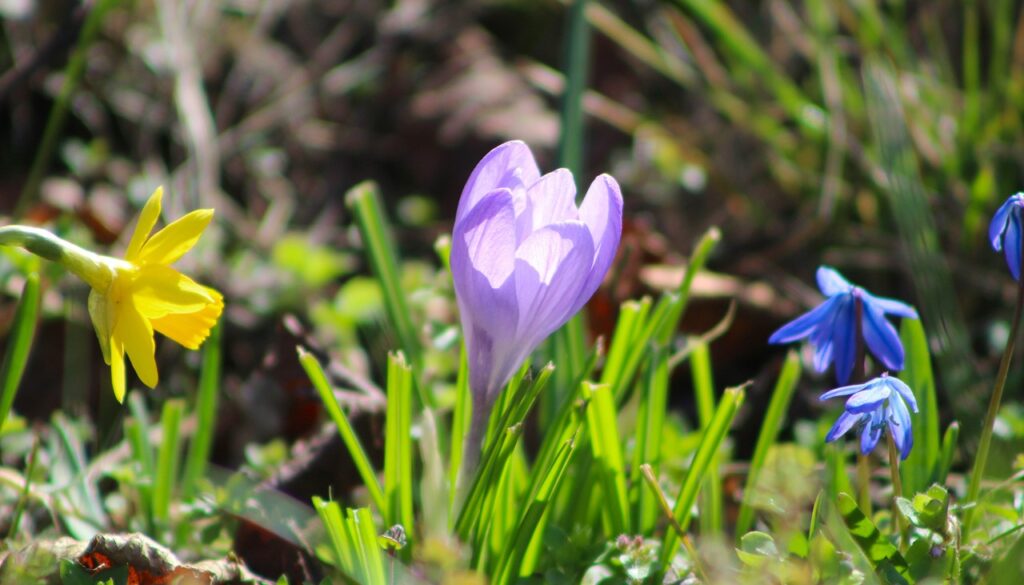
Flower Bulbs for Naturalising
When it comes to creating a garden that radiates effortless beauty year after year, naturalising flower bulbs are a gardener's best friend. These hardy bulbs not only bring a burst of colour to your landscape but also require minimal care and attention. Whether you're an experienced gardener or a novice with a green thumb, naturalising bulbs are a must-have for any garden. In this blog, we'll explore some of the best flower bulbs for naturalising.
What is Naturalising?
Naturalising refers to the process of planting bulbs that will self-propagate and return year after year without much intervention.
Best Flower Bulbs for Naturalising
Daffodils: Daffodils are one of the most popular choices for naturalising. These cheerful, trumpet-shaped flowers come in a variety of colors and sizes, making them versatile additions to any garden. Once planted, daffodils can multiply and create a carpet of golden blooms in early spring. Our best naturalising varieties are: Thalia, Tete Rosette, Recurvus, Tete-a-Tete and Pseudonarcissus obvallaris.
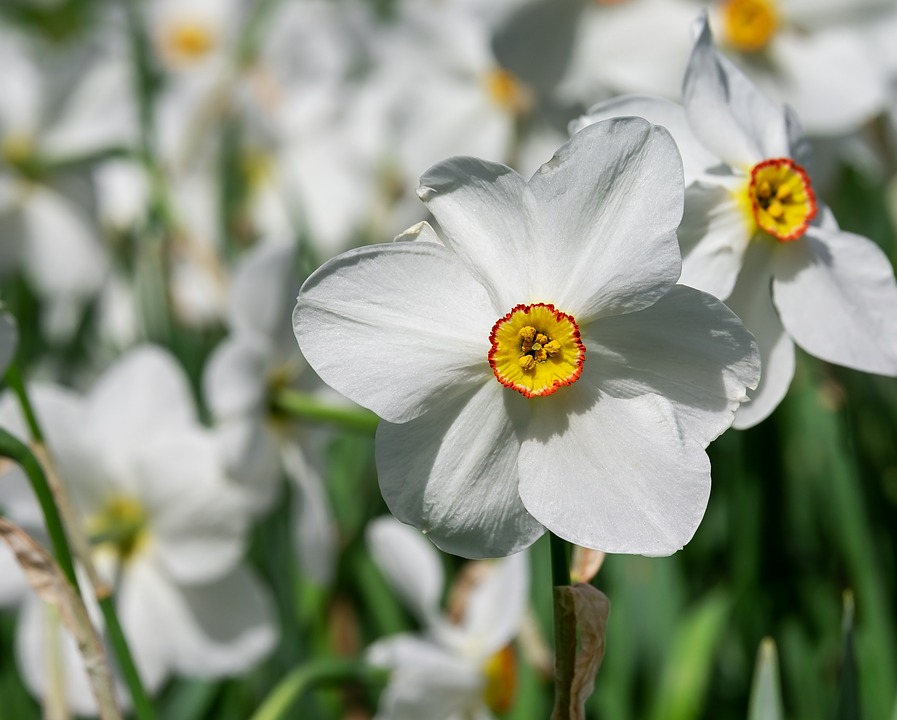
Tulips: Tulips are known for their stunning, vibrant blooms in a wide range of colors While they are typically treated as annuals in some regions due to their susceptibility to pests and diseases, you can still naturalise them by choosing specific varieties like 'species' or' botanical' tulips. These types are more likely to come back year after year - Clusiana Tinka, Little Beauty.

Crocuses: Crocuses are one of the first signs of spring, with their delicate, cup-shaped flowers in shades of purple, white, and yellow. These bulbs are excellent for naturalising in lawns, under trees, or in rock gardens. They multiply readily, creating a magical carpet of color in late winter or early spring.
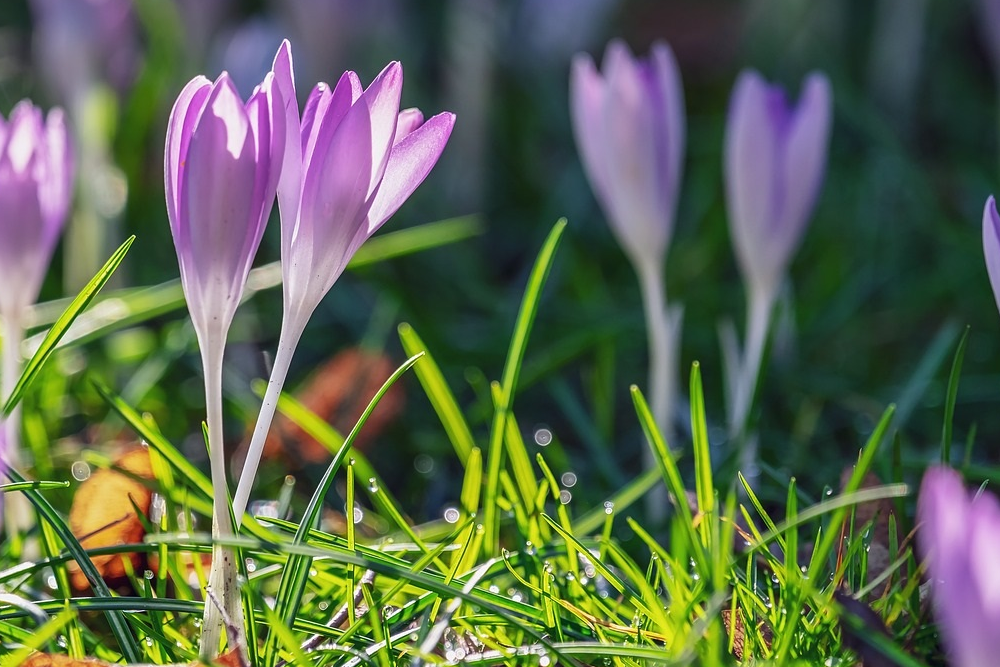
Alliums: Alliums, also known as ornamental onions, offer unique spherical blooms in various sizes and colors. Many Allium varieties are perennial and will return reliably year after year. Their tall flower stalks add drama and structure to your garden.
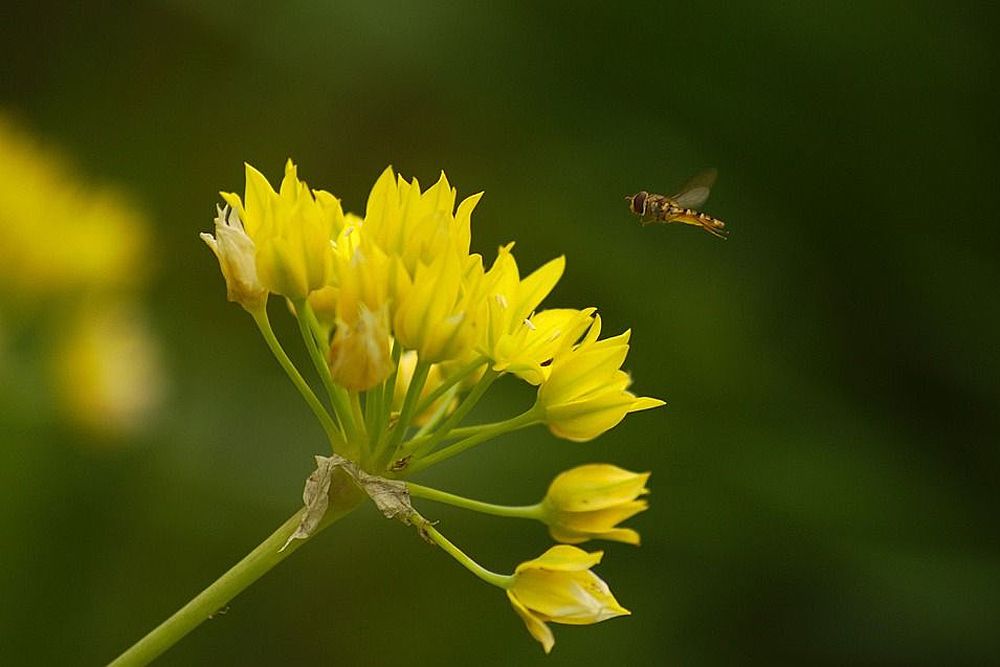
Leucojum aestivum ‘Gravetye Giant’: This is a particularly lovely and delicate flower, bearing dark green grassy leaves and dangling white bell flowers with green markings. They somewhat resemble snowdrops or could be compared to a giant version of lily of the valley. Leucojum aestivum is easy to grow and naturalises well. As it multiplies freely in most gardens you can look forward to blooms every spring.
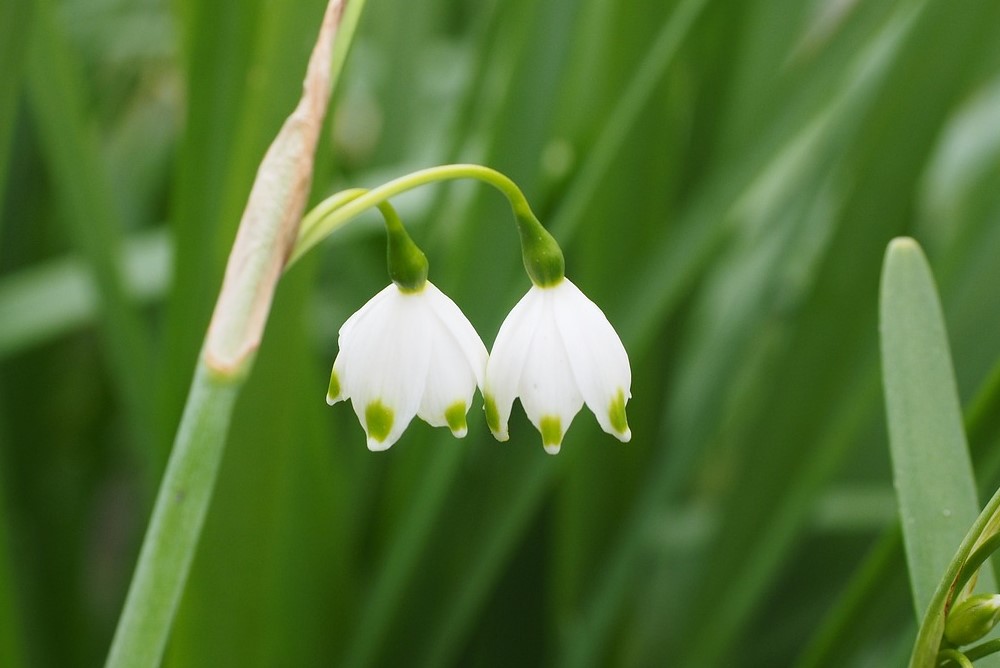
Hyacinthoides non-scripta: The native Irish bluebell variety, with deep blue flowers that hang off a gracefully curved stem. Commonly found in woodlands, forming rich blue carpets of flowers in the spring to early summer, bluebells readily reproduce and spread in the right conditions. (Conventional Untreated).
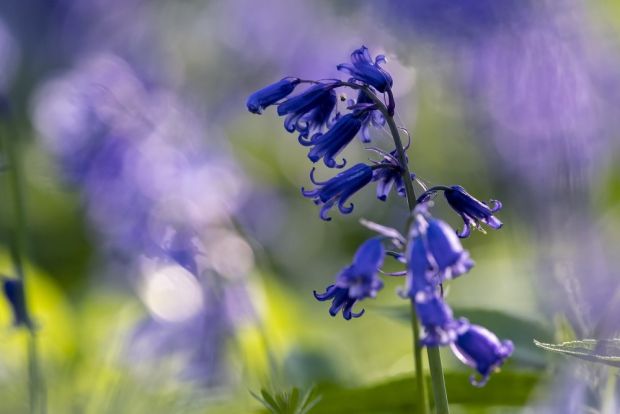
Tips For Planting Naturalising Bulbs
- Choose the Right Location: Select a suitable spot in your garden with the appropriate amount of sunlight for the specific bulbs you're planting. Most naturalising bulbs prefer well-drained soil and can tolerate partial shade to full sun.
- Prepare the Soil: Ensure the soil is well-drained and amend it if necessary. Bulbs can rot in soggy soil, so adding organic matter like compost can improve drainage.
- Plant at the Right Depth: Follow the recommended planting depth for each type of bulb. As a general rule, plant bulbs at a depth equal to three times their height. You can use a Long Handled Planter to make the job easier.
- Plant in Groups: Plant bulbs in clusters or drifts rather than individual holes. This creates a more natural and visually appealing display. For a natural look, try scattering bulbs and planting them where they fall.
- Space Them Appropriately: Space bulbs according to their mature size. Smaller bulbs can be planted closer together, while larger ones need more space. Check the planting instructions on the bulb packaging for guidance.
- Water Thoroughly: After planting, water the bulbs thoroughly to settle the soil and encourage root growth. Keep the soil consistently moist but not waterlogged during the growing season.
- Mulch for Protection: Apply a layer of mulch (such as shredded leaves or strulch) over the planting area to help regulate soil temperature and moisture levels. Mulch also provides protection from extreme cold and helps deter weeds.
- Allow Foliage to Die Back Naturally: After the bulbs have finished blooming, leave the foliage in place until it turns yellow and withers. This allows the bulbs to store energy for the next growing season. Leave dying foliage for at least six weeks after flowering.
- Fertilise Sparingly: Bulbs typically don't require much additional fertilisation. A balanced, slow-release fertiliser applied during planting can help, but avoid over-fertilising, as this can lead to excessive foliage growth at the expense of flowers.
- Avoid Disturbing the Area: Once you've planted naturalizing bulbs, try to avoid digging or disturbing the area. Bulbs will multiply and naturalise best when left undisturbed.
- Divide Bulbs as Needed: Over time, some bulbs may become overcrowded, leading to reduced flowering. When this happens, carefully dig up the bulbs, divide them, and replant them in fresh soil.
By following these tips, you can create a beautiful, low-maintenance garden filled with naturalising bulbs that come back year after year, bringing joy and colour to your outdoor space.
Browse our full range of Autumn Planting Bulbs HERE.

